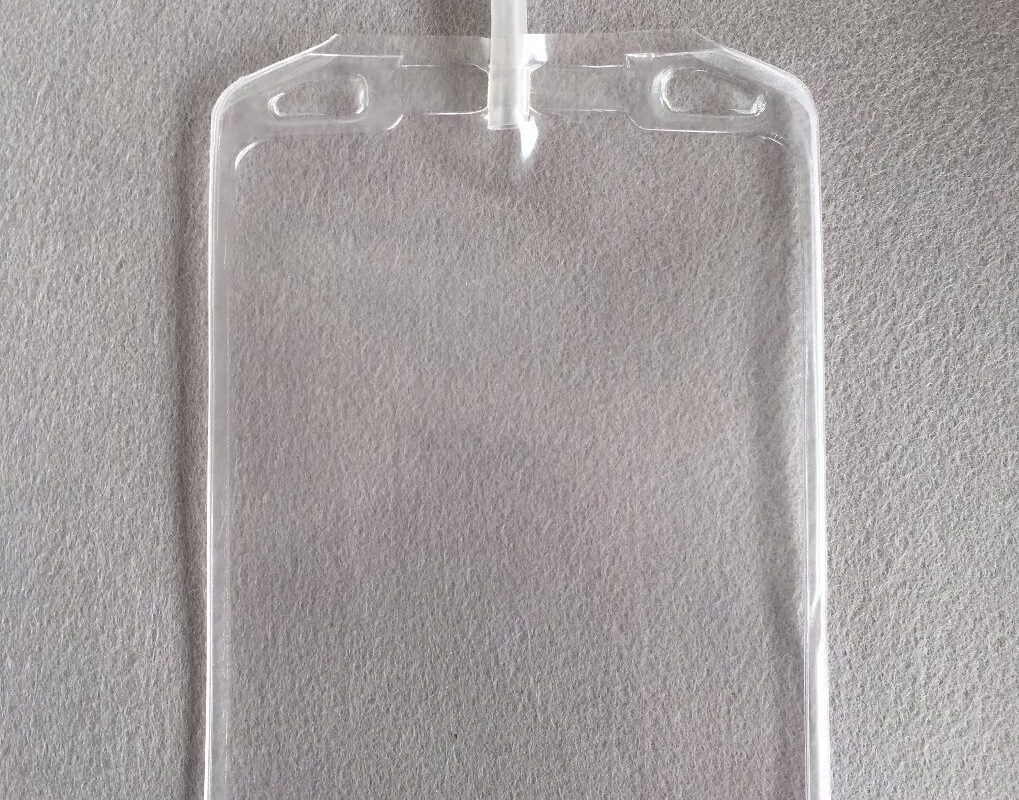Why the Switch Away from PVC?
Polyvinyl chloride (PVC) has long been the dominant plastic used in intravenous (IV) bags and tubing due to its affordability and durability. However, there are significant health and environmental concerns associated with PVC that have led the medical industry to begin transitioning to non-PVC materials. Some of the key issues with traditional PVC IV products include:
– Plasticizers like DEHP that are added to PVC to increase its flexibility have been linked to possible harm to the liver, kidneys, reproductive system and development. Although regulations have reduced the amounts of these phthalates in medical devices, trace amounts can still leach out over time. For sensitive patient populations like preterm infants, this poses potential risks.
– Production and disposal of Non-PVC IV Bags releases dioxins and other persistent organic pollutants into the environment that bioaccumulate in the food chain. These toxins are associated with reproductive, developmental and immune system problems as well as cancer.
– Burning and incineration of medical waste containing PVC emits furans and hydrochloric acid that can damage air quality and pose inhalation hazards when released from waste facilities.
Transitioning to Safer Alternatives
With the health and environmental issues posed by PVC, major guidelines now recommend avoiding use of DEHP-plasticized PVC in medical devices intended for patients with LBW and VLBW or those undergoing blood/blood component therapy when equally effective alternatives exist. This has spurred significant development of non-PVC options for IV products over the past decade. Some alternatives gaining acceptance include:
– Polyolefin (PO) is a popular substitute made from polyethylene or polypropylene. As it contains no plasticizers, there are no concerns about contaminant leaching. PO exhibits excellent biocompatibility and moisture vapor barrier properties for IV therapies.
– Elastomeric materials like thermoplastic polyurethane (TPU) and silicone elastomers provide flexibility without phthalates. They are approved for neonate use due to high purity and compatibility with sensitive patient needs.
– Fluoropolymers like polyvinylidene fluoride (PVDF) resist cracking and offer superb strength and barrier properties. They see increasing use in critical-care and surgical settings where durability is paramount.
Evaluating the Shift to Non-PVC
Widespread adoption of Non-PVC IV Bags alternatives has been gradual due to the large installed base of PVC and high costs of switching existing production lines and inventory. However, several developments are accelerating this transition:
– Major guidelines discouraging PVC use have convinced many hospital networks and distributors to transition their standard product lines. Prominent certifying organizations now prioritize non-PVC offerings.
– Large manufacturers are investing heavily to build out non-PVC product portfolios, conduct biocompatibility testing, and gain regulatory approvals. Economies of scale are bringing down prices.
– Recent studies evaluating clinical outcomes of non-PVC use are positive, finding equivalent or better performance versus PVC without signs of increased complications or adverse reactions.
– Regulatory pressure is mounting on PVCs with proposals for added restrictions on phthalates in certain regions. This strengthens the business case for proactively switching to alternatives.
While the shift away from PVC IV products will take time due to the scale of installed medical equipment, the benefits of removing these potential health and environmental risks make non-PVC a priority. With expanded research, guidelines, investments and availability increasing, this transformation promises to significantly improve standards of care.
The Future of Non-PVC Medical Materials
Looking ahead, the transition away from PVC will likely accelerate and expand beyond just IV applications. Researchers continue developing new classes of non-PVC plastics optimized for safety, functionality and sustainability across various medical uses. Some intriguing innovations on the horizon include:
– Enhanced polyolefins engineered with barrier or antimicrobial properties for added protection and shelf-life extension of therapeutics. These could expand uses from IV to other drug delivery applications.
– Novel elastomers and thermoplastic elastomers combining elasticity with ease of processing and high purity for expanded use in respiratory devices, containers and tubing.
– Biodegradable or compostable alternatives to traditional plastics made from plant-based feedstocks like polylactic acid (PLA) address end-of-life issues and open up new recyclable designs.
– 3D printing applications utilizing nontraditional medically-focused materials like ceramics and hydrogels that could enable customized medical devices with adjustable mechanical or permeation properties.
While traditional PVC remains entrenched in some legacy medical goods, non-PVC plastics show great promise for advancing healthcare safety, quality and sustainability standards in the years ahead. Proactive research and new material approvals will drive this transformation toward a healthier, lower impact future for this important industry.
*Note:
1. Source: Coherent Market Insights, Public sources, Desk research
2. We have leveraged AI tools to mine information and compile it
About Author - Priya Pandey
Priya Pandey is a dynamic and passionate editor with over three years of expertise in content editing and proofreading. Holding a bachelor's degree in biotechnology, Priya has a knack for making the content engaging. Her diverse portfolio includes editing documents across different industries, including food and beverages, information and technology, healthcare, chemical and materials, etc. Priya's meticulous attention to detail and commitment to excellence make her an invaluable asset in the world of content creation and refinement. LinkedIn Profile

 by
by 


